The Thermal Energy Storage (TES) market was valued at USD 3.33 Billion in 2016, and is expected to grow at a CAGR of 11.0% from 2017 to 2022. Growing Concentrating Solar Power (CSP) installations and integration with TES is one of the major reason behind growing thermal energy storage. The increasing demand for thermal energy storage in HVAC systems, also helps in load shifting that makes TES economic due to differential on-peak and off-peak rates, and is driving the TES market for HVAC systems.
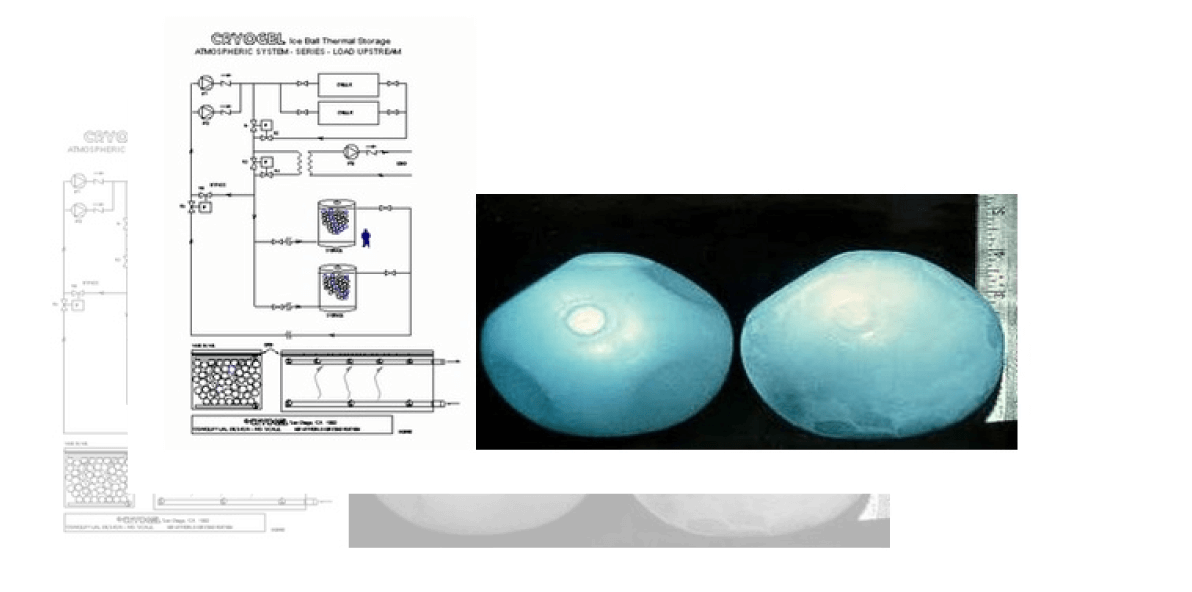
TES is a proven, energy conserving, nonpolluting technology that uses off-peak electricity. Energy is used during nighttime periods to produce and store cool energy in the form of ice or chilled water. The cool energy in storage is used the next day for air-conditioning or process cooling during periods of peak energy demand reducing peak electrical cooling loads, demand charges, greenhouse gases and initial investment in electrical infrastructure (lower size transformer, substation, backup generators, wiring, and protections) up to U$ 350 savings in electrical Capex for each kw reduced.
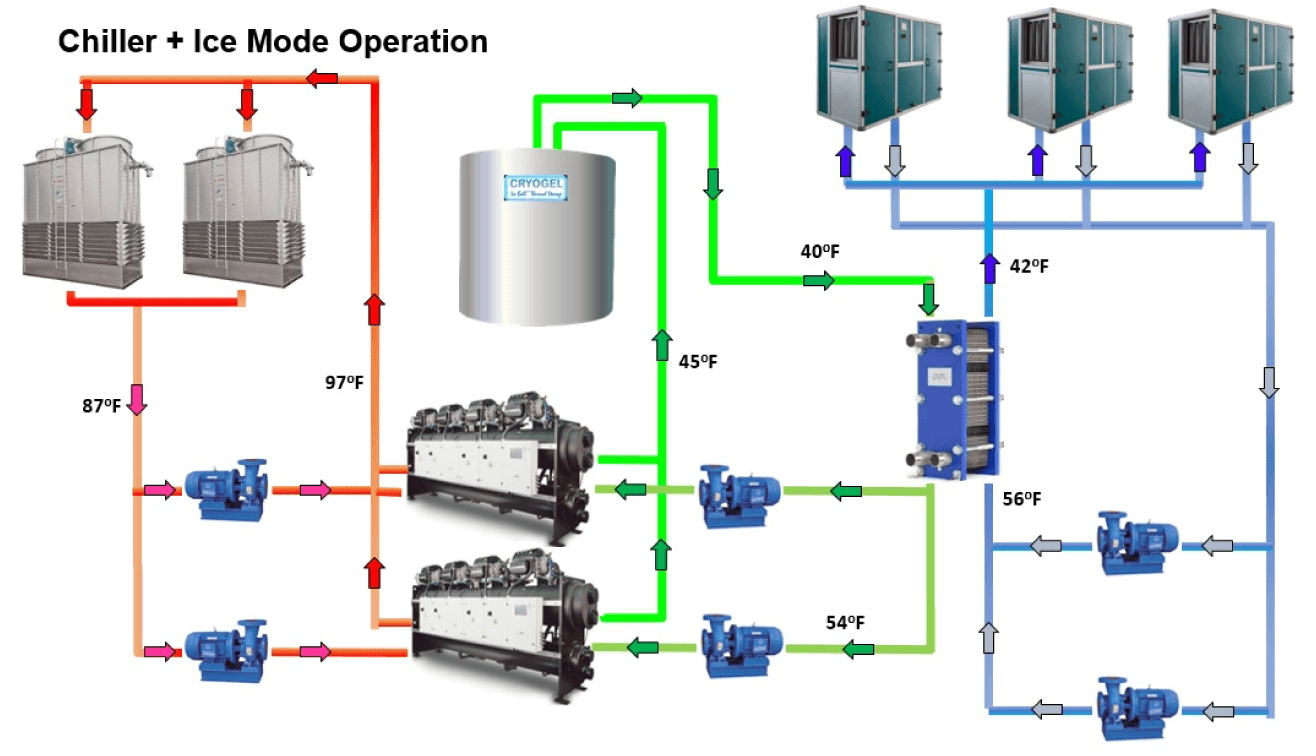

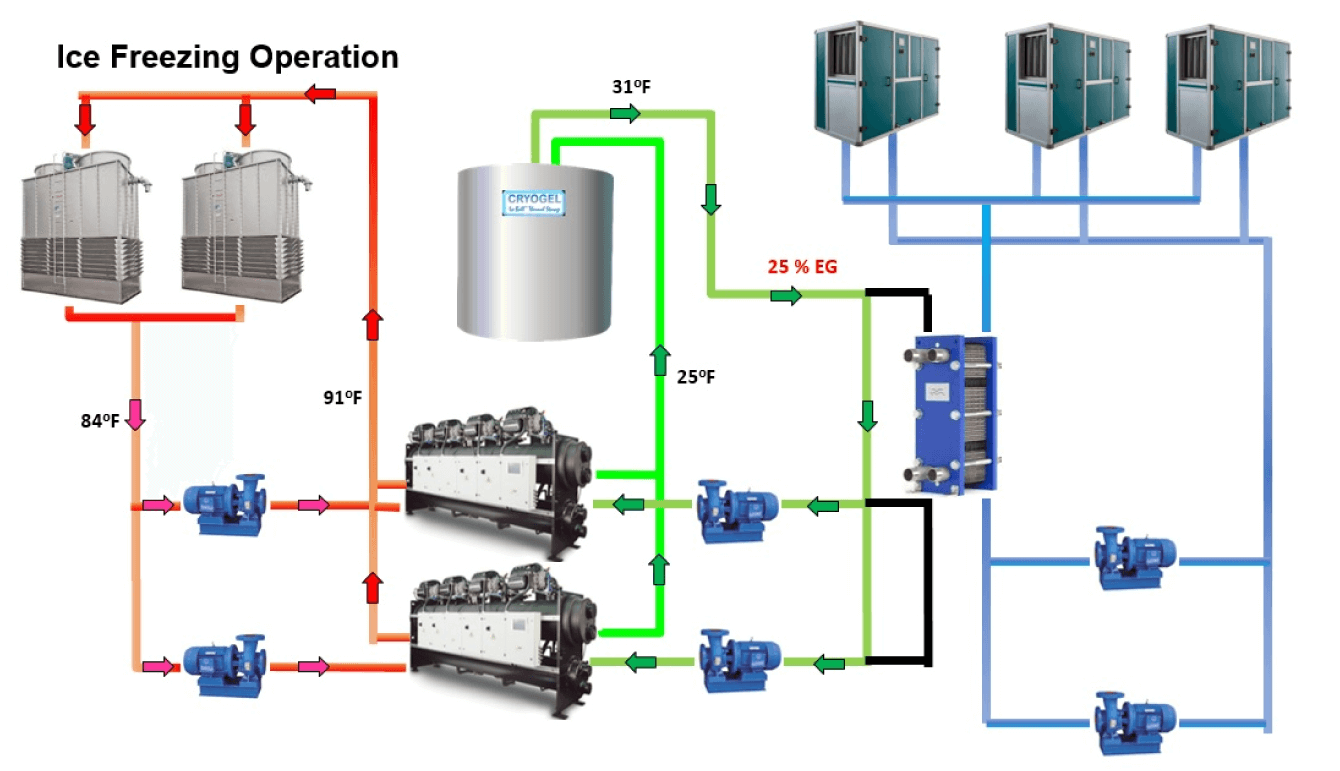
in locally manufactured tanks using ICE BALLS instead of the traditional one with a heat exchanger providing:
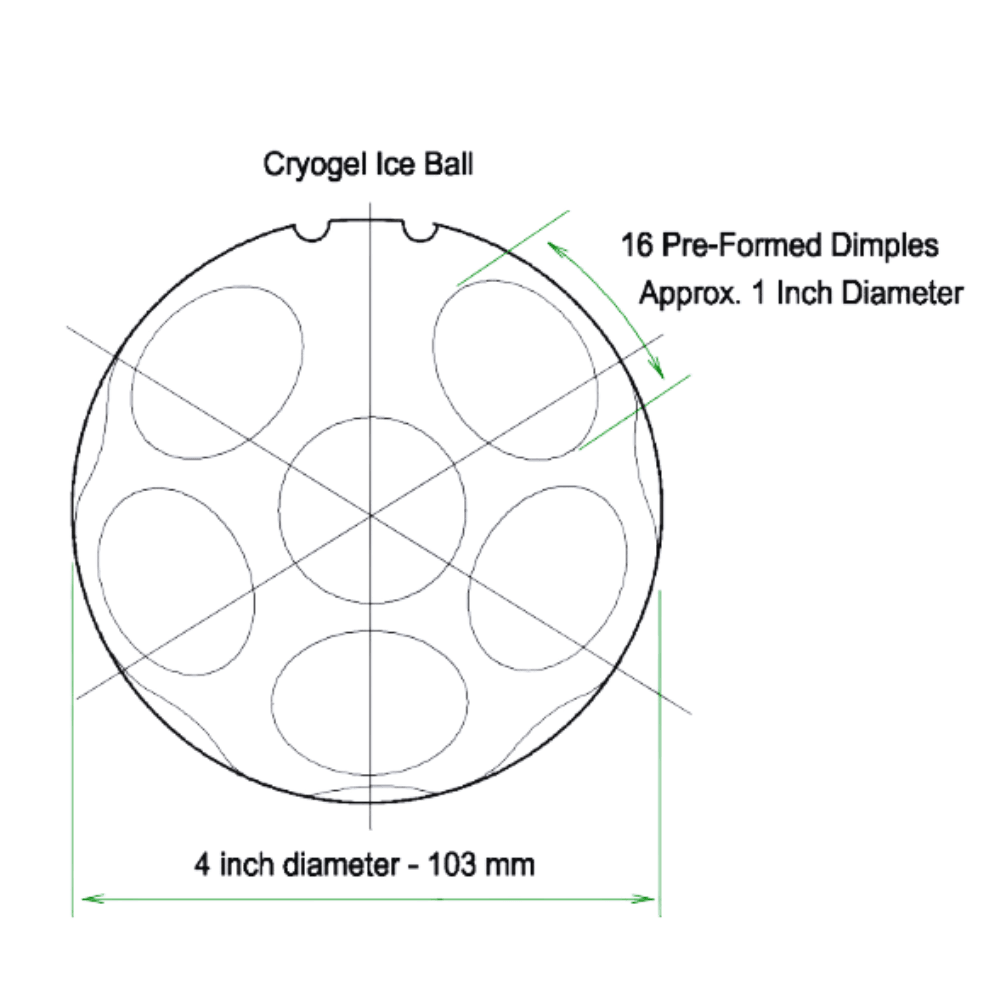
Present in projects such as : SIGO (4000 TR), Sabana (420 TR), Bio 26 with a locally manufactured tank (double-wall FRP insulated with 2″ foam and SS 304 jacket) filled with 80,000 ” ice ball thermal storage” 4” diameter spheres, filled and sealed, made of high density polyethylene (HDPE), wall thickness 1 mm and water/ice storage media
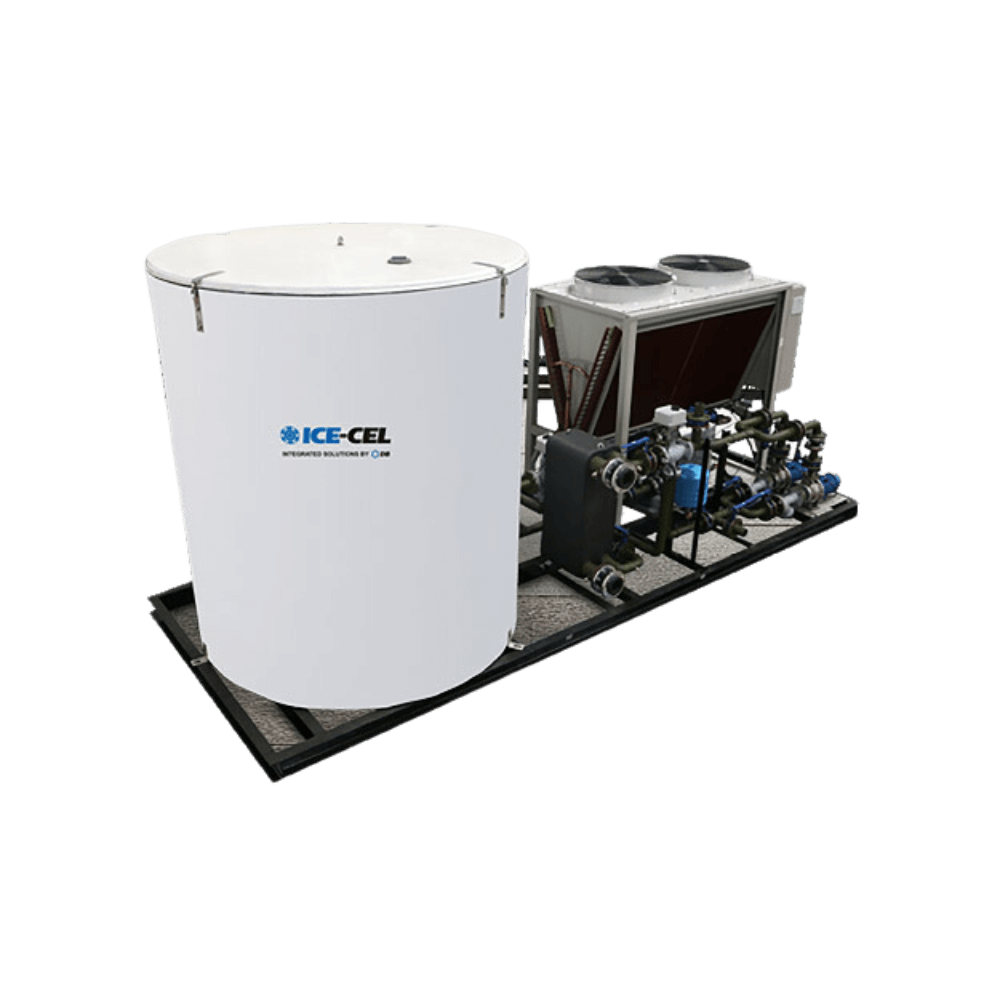
It is a modular tank built in double wall reinforced fiberglass with urethane foam insulation so effective that the leakage heat at 80oF ambient is 1% of the total stored per day. It is a modular tank filled with water in which a polyethylene tube heat exchanger is submerged with a glycol solution at 25.6oF (OJO ICE-CEL produces ice at 25.6oF without the need for a chiller to drop to 24oF or less like others, which which means lower energy consumption, higher ice production and/or fewer hours of operation required)
E&B International Trading LLC 20871 Johnson Street, suite 115 Pembroke Pines, FL 33029, United States.
